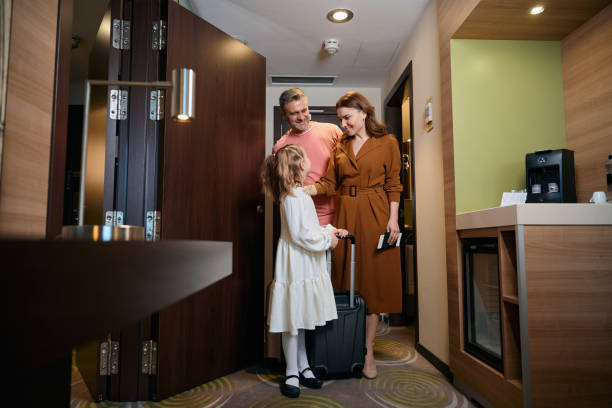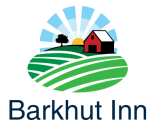
The industry is getting the word out amid fierce competition from alternative accommodation providers like Airbnb. Hotel brands and owners are looking for new ways to differentiate themselves from the competition. They use technology, creative design, and innovative operating solutions to do so. The ultimate goal is to increase revenue, provide a great guest experience, and build loyalty. In response, global hotel groups have created a number of new sub-brands and re-evaluated existing brands in order to reach out and attract more leisure and business travelers.
David Black, JLL’s Managing Director of Hotel Project and Development Services, says, “We are seeing a lot more interest in experiential design, from both soft and full-service brands.” “They’re discovering that hotel guests aren’t just interested in basics like cost and convenience–travelers today are looking for more, such as interesting building amenities and unique experiences.”
Six design elements to enhance guest experience
Black says that winning features go beyond the basics, like a good check-in and fast WiFi.
He says that certain things in hotel design are non-negotiable. However, forward-looking hotel designs are adding that “extra” element that guests want, from the guestroom to the lobby and all the spaces between.
Six key areas of focus to help you create a winning experience
- Deliver a distinctive guestroom.
In today’s guestrooms, size is not everything. Many new brands create smaller rooms that have comfortable beds and great showers to appeal to new types of travelers. The brands are also becoming more creative in their guest bathrooms. From innovative showers like the “exhibitionist” and see-through showers to unique finishes and a vanity that offers guests a special place to prepare for an evening, they’re all trying to make it a memorable experience. The bathrooms of AccorHotels – which includes the Fairmont Raffles Novetel and Raffles brands – feature soft lighting, music, and rain showers.
- Rethinking the hotel lobby
In the past, many hotel lobbies served as a place for guests to sign in and leave as soon as possible. Owners and brands today are focusing more on the lobby experience to enhance the guest experience, increase food and beverage sales, and create a fun, interesting, and collaborative environment.
Black says that the lobby is becoming an area where people can socialize, work, eat, and dine. Some hotels use lobby design to create an entrance to the local community. They carve out space for art exhibitions, performances, and social gatherings to enable guests to connect easily with their neighborhood.
- Don’t just feed their appetite, but also their palate.
There is a good reason why hotels are increasingly offering great food. Even the most harried travelers can now check their smartphones for the nearest restaurant and head elsewhere. To keep guests returning, hotels are now offering on-site cafés that serve local cuisines from restaurant groups outsourced and convenient grab-and-go options. Gourmet menus have also moved beyond the five-star hotel. Mid-market hotels are now stepping up their game in terms of food and service.
- Calling on the modern worker
Business travelers today are more mobile and collaborative, so they prefer to work in areas that allow them to interact with their colleagues or other guests easily. Hotels are responding by designing communal areas as multi-functional spaces that can be used for lounging, working with headphones on, or networking. Some hotels go even further and offer modern co-working spaces that are highly connected.
- Invest in the latest technology and be prepared for changes.
All modern hotels must have the right technology. Mobile apps can streamline the check-in process and improve guest satisfaction. Smart tech, such as lighting controlled by tablets and heating controlled by motion sensors, combines function and style with guest comfort.
Hilton has just announced its plans to roll out their new Smart Rooms in 2018. The app lets guests control the thermostat, TV, and other amenities in their rooms via their smartphones while also recording guest preferences.
Marriott has created a smart room lab for testing technology to let guests control anything from the temperature of the shower to the color and brightness of the lights with their voices. Smart hotel rooms have devices and amenities that respond to guests’ preferences and can be customized.
But technology changes fast. What’s trendy today might be old news tomorrow. “Owners and brands who want to remain competitive must incorporate flexibility and bandwidth in renovation and development planning from the very beginning,” Black says.
- Fitness equipment should be easy to use and appealing.
Many people exercise every day, even on the go. Basement gyms that are outdated and have dingy equipment will not meet their needs. Modern fitness centers with health club equipment and space that is designed for yoga or Pilates are ideal. Some hotels go further, offering rooftop yoga sessions, running sessions, and in-room fitness equipment.
There are many ways hotels can stand out, but the key is to provide guests with positive experiences and not gimmicks. Black concludes that the more you simplify and connect their expertise, the better chance there is of gaining future business.





